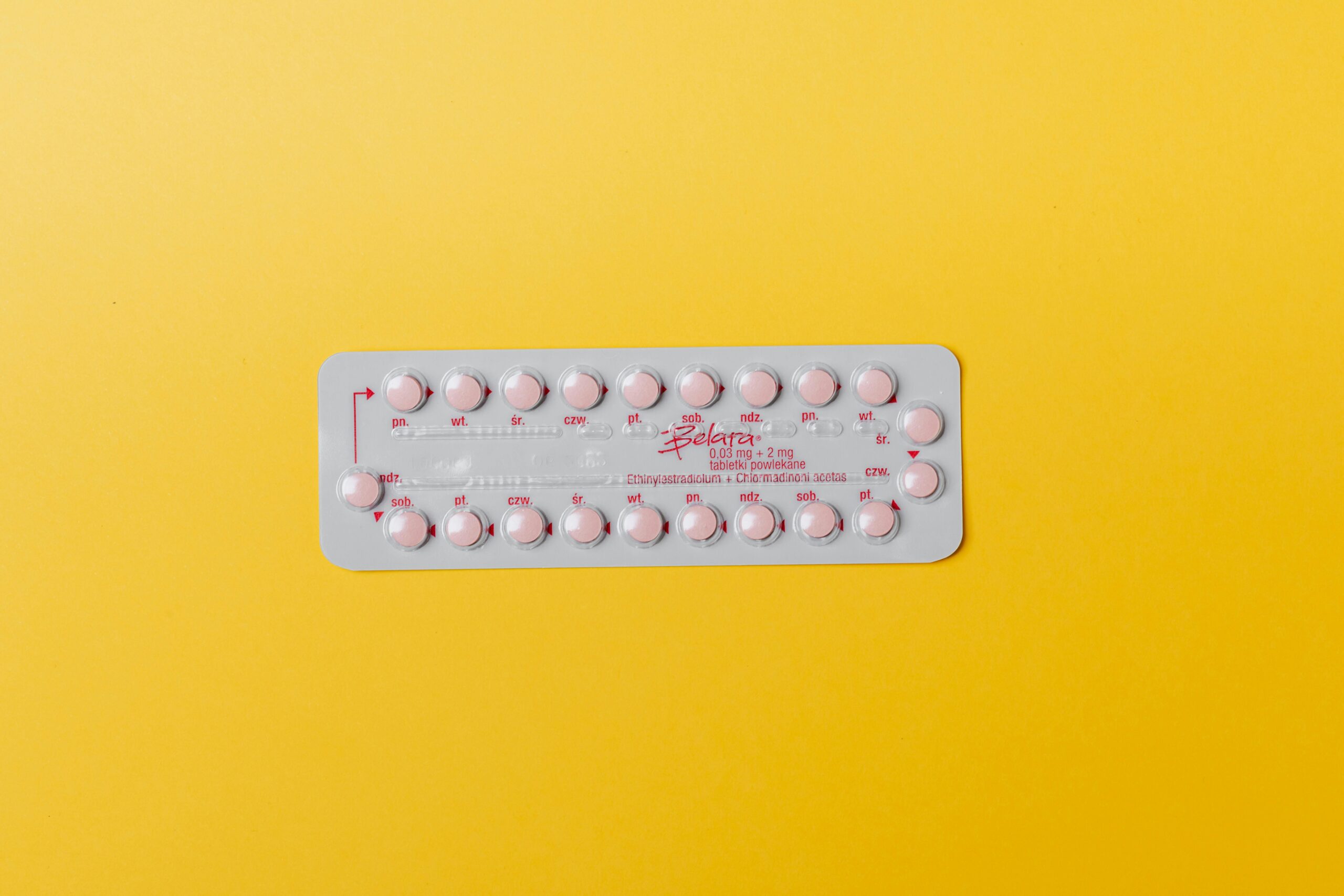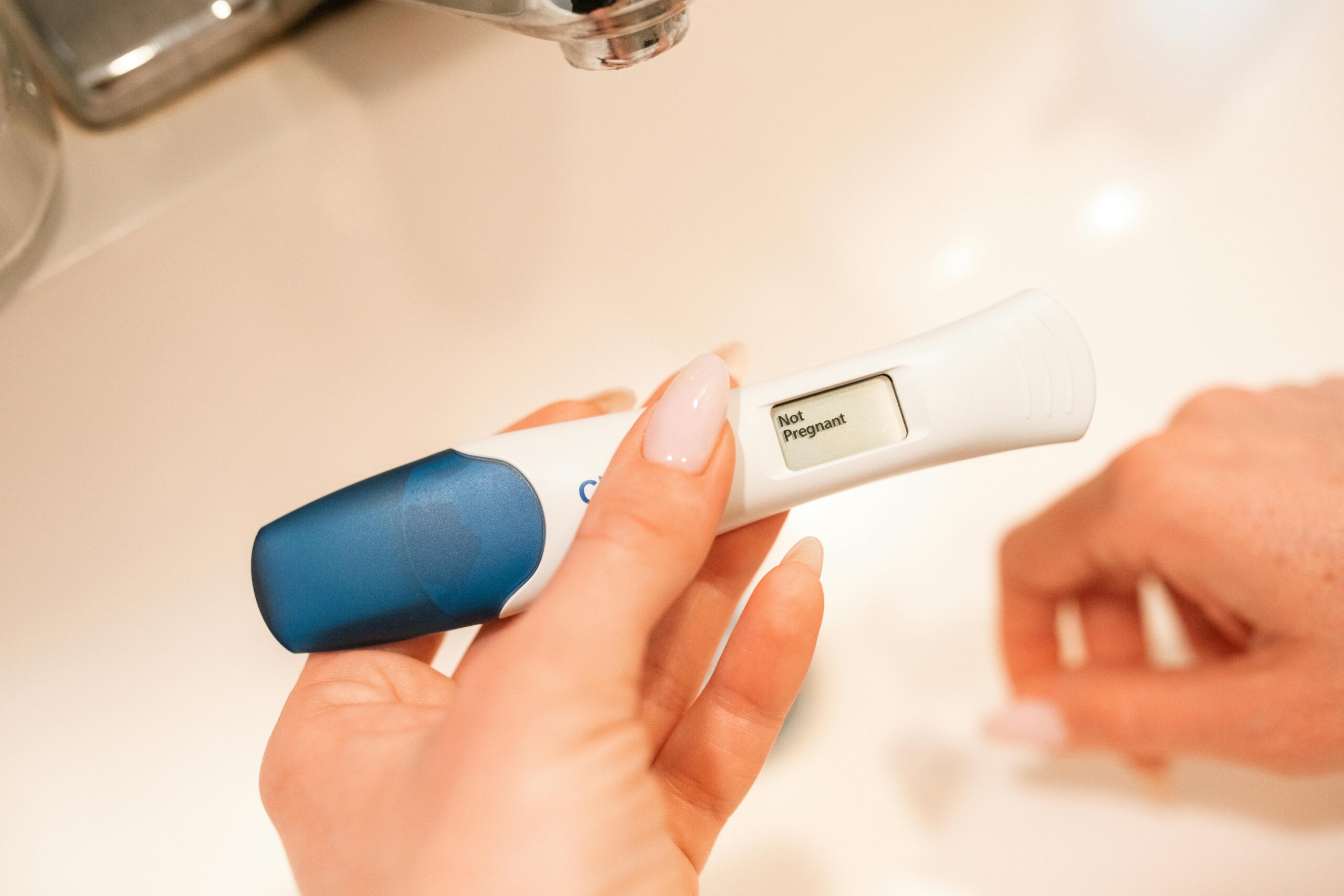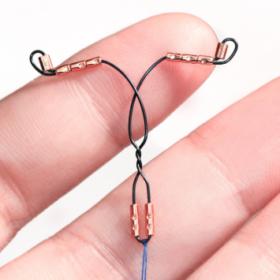
How do different types of contraception prevent pregnancy?
In this article
What's the lowdown?
Contraception prevents pregnancy by preventing sperm meeting an egg
Hormonal contraceptives usually work in three main ways – by preventing ovulation (release of an egg), thickening cervical mucus and also thinning the womb lining
Non hormonal contraceptives alo work by ensuring sperm and an egg don’t meet so there is no fertilised egg to develop into a pregnancy
How does hormonal contraception prevent pregnancy?
Hormonal contraceptives all prevent pregnancy in similar ways.
How does the pill prevent pregnancy?
The combined contraceptive pill prevents pregnancy in three ways. Firstly, by stopping your body from ovulating (releasing an egg) each month, secondly by making your cervical mucus (found at the opening of your womb) too thick for sperm to get through and finally by thinning out your womb lining so a pregnancy can’t grow in the womb. The vaginal ring and patch work in the same way.
The progestogen-only pill works in different ways depending on the type and brand.
- Traditional progestogen-only pills, such as Noriday and Norgeston, work by thickening cervical mucus so sperm can’t enter the womb and thinning out your womb lining so a pregnancy can’t grow and.
- Desogestrel-based (like Cerelle, Cerazette and Hana) and drospirenone-based pills (like Slynd), also cause cervical mucus to thicken and the womb lining to become thinner but also work by preventing ovulation.
How does the injection prevent pregnancy?
The Depo Provera and Sayana Press injections stop pregnancy by preventing ovulation. They also thin out the womb lining so a fertilised egg can’t implant and grow within the womb and thicken cervical mucus so sperm can’t enter the womb.
How does the implant prevent pregnancy?
The implant prevents pregnancy by:
- Preventing ovulation
- Thinning the womb lining so a pregnancy cannot grow
- Thickening cervical mucus so sperm can’t enter the womb
…..this article is getting quite repetitive now isn’t it.
How does the hormonal coil prevent pregnancy?
The hormonal coils prevent pregnancy mainly by thinning out the womb lining to stop a pregnancy from growing and through making your cervical mucus too thick for sperm to enter the womb. In around 25% of people, the larger hormonal coils which contain 52mg of levonorgestrel a type of progestogen (Mirena, Levosert and Benilexa) will also stop ovulation. It’s unusual for people using the Kyleena or Jaydess coils to stop ovulating, as these contain a lower level of progestogen.
How does non-hormonal contraception prevent pregnancy?
- Copper coil
- Condoms
- Caps/diaphragms
- Fertility awareness
- Lactational amenorrhea
- Sterilistation
- Vasectomy
How does the copper coil prevent pregnancy?
The copper coil is effective immediately after it is inserted. The copper released from the coil has toxic effects on the sperm and egg which prevents fertilisation. Copper found in cervical mucus can also prevent sperm from getting into the womb. Experts also think that the copper coil stops implantation of a fertilised egg as it causes an inflammatory reaction within the womb lining.
How do condoms prevent pregnancy?
Condoms are a barrier form of contraception. Male condoms are placed over the penis and catch ejaculate (cum) stopping sperm from reaching the womb. Female condoms act as a barrier inside the vagina to stop sperm from entering the vagina after leaving the penis.
How do caps and diaphragms prevent pregnancy?
A cap or diaphragms is a reusable form of contraception that physically blocks sperm from entering the womb. They are covered in spermicide (a gel that kills sperm) and placed over the cervix (the entrance to the womb) before sex. They prevent pregnancy by covering the cervix so sperm can’t get into the womb to fertilise an egg.
How does fertility awareness prevent pregnancy?
Fertility awareness methods (including apps like Natural Cycles) prevent pregnancy by helping you predict your fertile days around ovulation (when an egg can be fertilised so you could get pregnant) and infertile days (where you are very unlikely to get pregnant). You are taught to use several “markers of fertility”, including tracking your period and cycle days, your daily temperature and changes to your cervical mucus to work out when you are going to ovulate. You should avoid sex or use a barrier form of contraception (like a condom) on the days you may be fertile to stop pregnancy. This takes practice and time to learn so isn’t effective straight away.
How does the lactational amenorrhea method prevent pregnancy?
The lactational amenorrhea method (LAM) works if you meet three conditions:
- Your baby is less than six months old
- You are exclusively breastfeeding day and night, i.e. you haven’t used any formula
- Your periods have not returned. [ends]
Exclusive breastfeeding is when your baby is not receiving any formula milk or food, but purely breastmilk and is not being fed via a bottle. For LAm you should also feed your baby on demand when they’re hungry, rather than on a schedule.
Sterilisation
Female sterilisation is a permanent form of contraception. It is also known as “getting your tubes tied”. This is because it works by blocking the fallopian tubes through which an egg travels from the ovary to the womb. The fallopian tubes are blocked with clips or cut which prevents an egg moving from the ovary into the womb. An egg therefore cannot meet sperm or implant in the womb lining to grow, so pregnancy can’t happen.
Vasectomy
Vasectomy is a male form of permanent contraception where the sperm duct (vas deferens if you want to medical word), is cut or blocked in a short procedure. Usually, the sperm duct carries sperm made in the testes (testicles) into the fluid (semen) which is produced when a man ejaculates. When the sperm duct is blocked or cut, sperm does not get mixed into the semen and therefore the man’s ejaculate no longer causes pregnancy. It can take up to 6 months for all the sperm that has already been produced to clear from the semen the man has stored. So vasectomy is not effective straight away.
Now you have it, the exact mechanism of how each method of contraception works. And don’t worry, we will update this as new and exciting methods are created…..we hope!
Our medical review process
This article has been medically reviewed for factual and up to date information by a Lowdown doctor.






